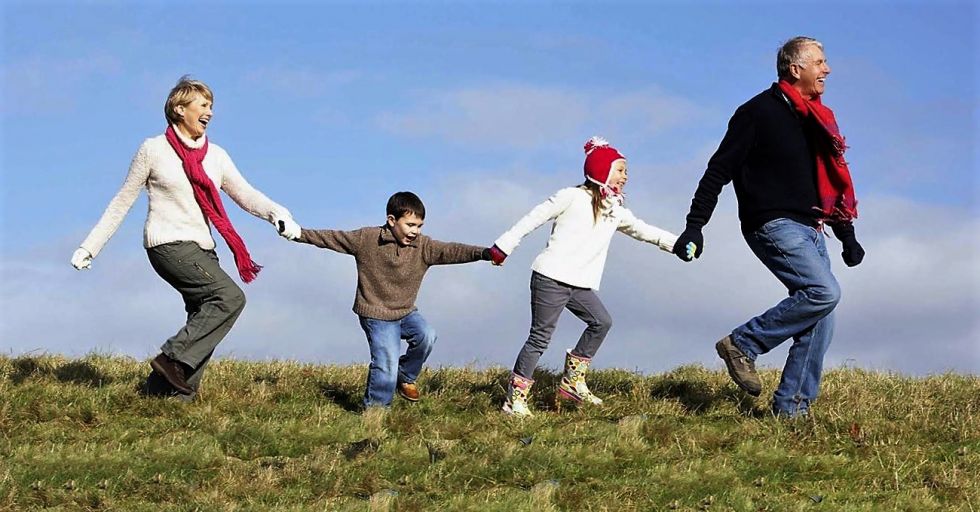There can be a straight-forward answer to this question, for example if you’ve had an operation and need some assistance with walking as you’re getting back to full fitness. However there are times when it’s difficult to know whether you should or shouldn’t use a walking aid. I have put together a check list and a few questions you might want to ask yourself so that you can make the correct decision for you.
- What has made you feel you need a walking aid?
You may have had an incident which has made you feel that you are now unsafe on your feet – it could be a trip, fall or just repeated occasions where you have felt unsteady. This is a good time to get a physiotherapist to have a look at your balance. Balance generally deteriorates as we get older but there is evidence to show that we can help slow this down and even improve poor balance by doing specific balance exercises. Balance is like a muscle, if you don’t use it then you lose it. Therefore it is important to try to work on your balance. This is where using a walking aid becomes a double edged sword. Although you feel safer with your walking aid it can make your body become reliant on it for balance. The brain starts to see the walking aid as ‘another leg’ and then when you don’t have your walking aid you feel like you’ve ‘lost something’ and therefore it can make you feel more unsafe and uncomfortable.
- Once I’ve got a walking aid should I use it all the time?
A walking aid is aimed to assist your walking in one way or another. This could be to make you safer or to perhaps allow you to walk a little further or be more efficient with your walking. Therefore depending on the reason for the aid will probably make a difference as to whether you should use it all the time. From a balance point of view it is essential to use the aid if it is reducing your chance of falls but alongside this it is good to work your balance to try to improve it. Therefore if there are places where you feel safe to walk without your stick, for example, in your house, along a corridor, then this is a good place to practise. It is good to get to the point where you feel that you don’t need the aid but it is helpful. If you find that using the aid allows you to walk further, then walks which are within your limit would be good to try without the aid and the ones that are going to push you a little you take your aid. Another available option is to use a foldable stick that you can keep in a bag and then take out when you need it.
- Which hand should I put my stick in?
If you have a condition where one limb has been affected for example a hip/knee/ankle then it is preferable to use your stick in the opposite hand. This allows you to take some of the weight off your leg whilst still trying to keep your walking pattern as natural as possible. Again there are exceptions to this. You may be very one sided dominant making it very difficult to use the correct side or you may have an issue with your arm that prevents you using one side. This does not matter. As long as you feel safe using your stick and you are trying to keep your body in as correct an upright position as possible, then either hand is an option.
- What is the correct height for my walking aid?
The best way to measure your stick is to rest your arm down by your side and then bend the elbow by around 15 degrees. The top of the stick should come to your wrist crease. When you place your hand on the stick your elbow should be slightly bent and your body nice and upright. It can take a while to get used to a stick so take your time and practise in your own home first till you feel confident.
If you are in any doubt then book an appointment with a physiotherapist for a review.
If you are experiencing problems with mobility and balance, or if you have lost confidence with some activities that used to be straight-forward, like tying shoe laces or climbing stairs, give us a call 01453 548119 to arrange a chat with Vicky Baker, Physiotherapist, or sign up for our Vim and Vigour programme.

